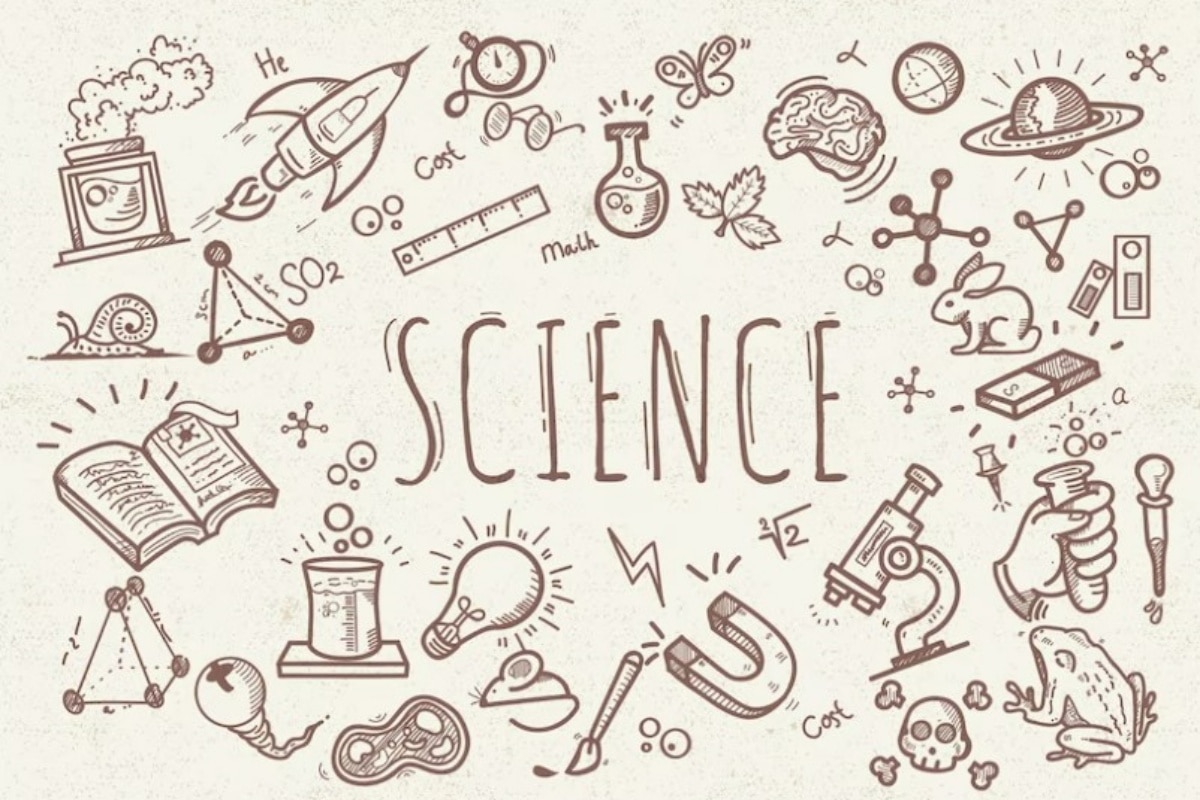National Science Day 2023: A day that celebrates and encourages innovations!

National Science Day 2023: From being able to walk the Earth, charge our beloved gadgets, cooking to as simple as being able to breathe, everyday is strung together with Science and logic. Ever imagined what a world would be without us certain inventions and comprehending reasons as to why certain thing happen a certain way? A little unimaginable. Like we commemorate several stalwarts, personalities and celebrate certain important days, India also celebrates National Science Day every year on February 28.
It was first celebrated in 1987 in India and since then every year Feb 28 is National Scie3nce Day that witnesses celebrations in different ways in schools, colleges and every where else.
National Science Day: History, Significance, Theme
This day was firs celebrated to mark the discovery of ‘ The Raman Effect,’ by the famous Indian physicist Sir Chandrasekhara Venkata Raman. This day not commemorates this phenomenon but also is a way to promote and spread awareness about scientific tempers and encourage progress, innovations in the field.
This year the theme is, ‘Global Science For Global Well Being.’
CV Raman And The Effect
Sir CV Raman was Indian physicist and recipient of Nobel Prize for Physics in 1930 for the Raman Effect. The Raman Effect is about the comprehension of scattering of light. He discovered that when light traverses a transparent material, some of the light that is deflected changes in wavelength. This phenomenon is now called Raman scattering and is the result of the Raman effect,
In 1928, he discovered that when a transparent substance is irradiated by a beam of light of one frequency, a little amount of the light emerges at right angles to the initial direction, and some of this light has other frequencies than the incident light, according to Network 18.
The Raman Effect is paramount now in identifying the molecular structure and composition of a substance. By analysing the changes in the energy and wavelength of the scattered light, scientists are able to decipher and comprehend types of molecules present in the medium and their relative concentrations. This technique is widely used in fields such as chemistry, biology, and materials science.
Happy Science Day!
Stay connected with us on social media platform for instant update click here to join our Twitter, & Facebook
We are now on Telegram. Click here to join our channel (@TechiUpdate) and stay updated with the latest Technology headlines.
For all the latest Festivals and Events News Click Here
